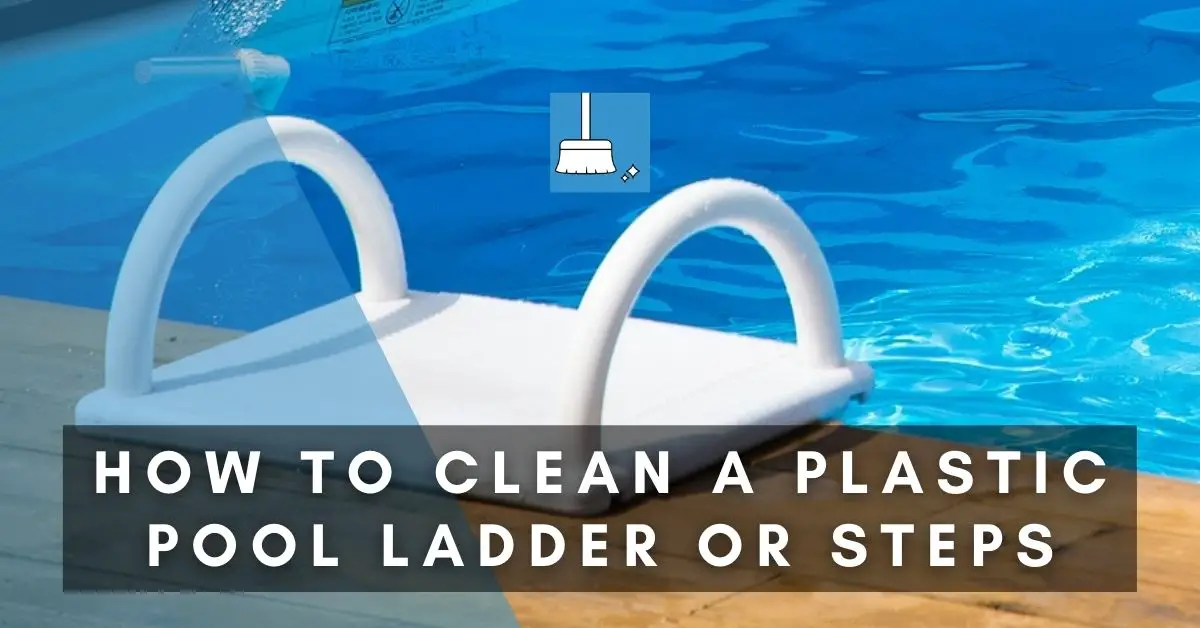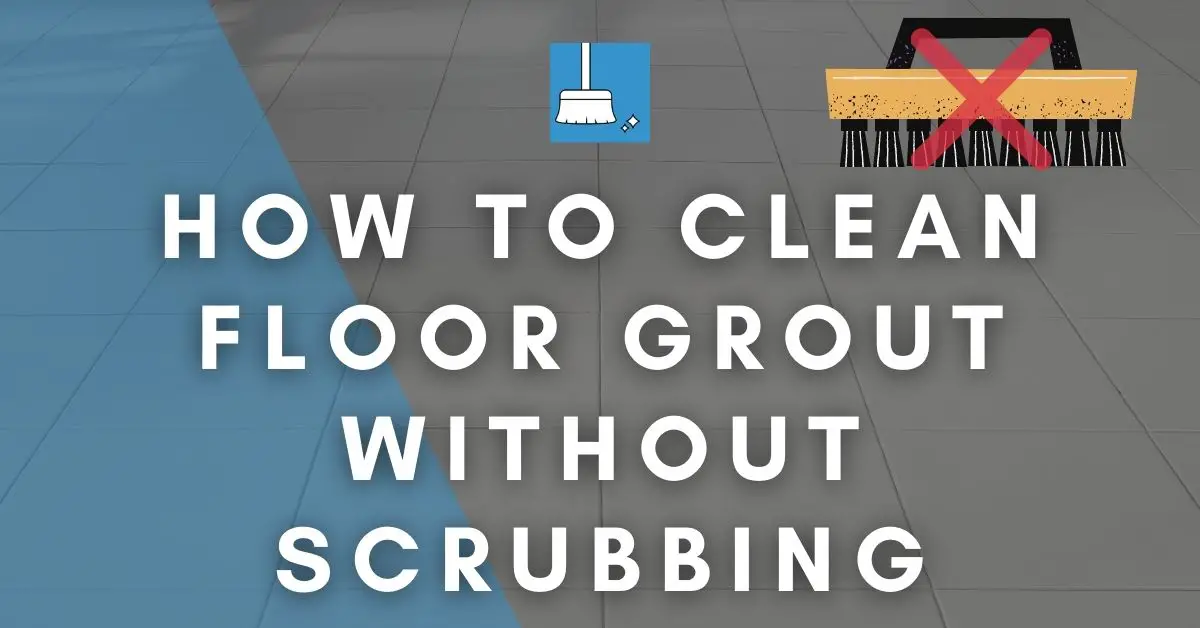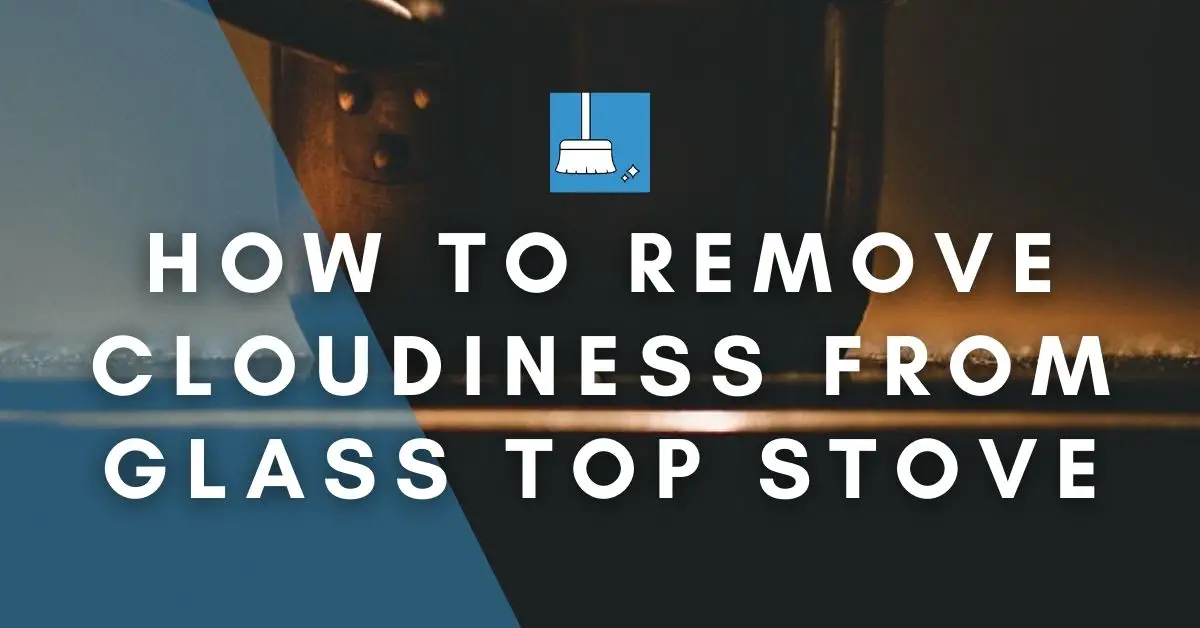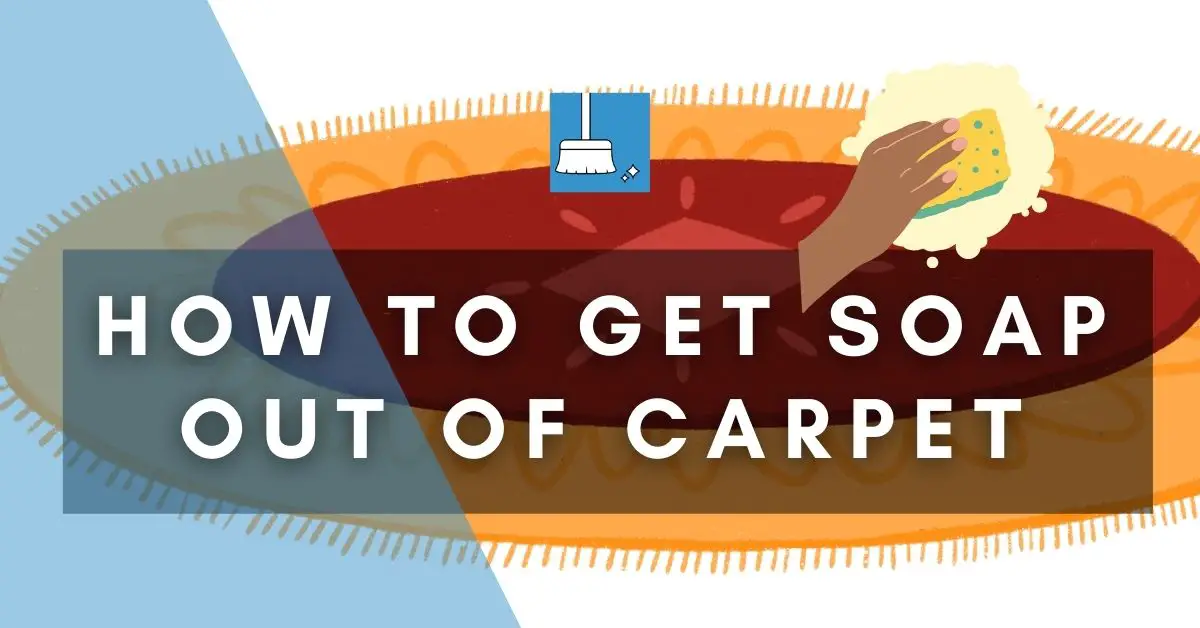Many people who own pools have the common struggle of seeing big ugly spots on their vinyl or fiberglass white plastic steps, and not knowing how it got there. Most of the time the stains on your pool steps are a result of not knowing how to take care of your pool properly. Maintaining the pH balance and the alkalinity of your pool can be confusing and hard when you don’t know what you’re doing.
When you try cleaning or scrubbing off your pool steps, it doesn’t seem to be working. So, you turn to buy products but don’t know which ones to buy or end up buying something that doesn’t even work. But when something does seem to work, it doesn’t work for long and your back at square one.
Here, we’ll tell you what products to buy, what methods to use, how to maintain your pool chemistry, we’ll tell you what preventative actions you can take, and even how to clean off algae.
But first let’s determine why your pool steps have stains on them, what type of stains you have, what they mean, and how to get rid of them.
Why Are My Pool Steps Turning Brown?
There are several different things that can cause your pool steps or pool to become stained brown. It can be high pH levels, or it could just be dirt that’s piled up over time.
There are different types of stains with different colors and causes. This is important because this determines the way that’ll go about cleaning the stain. Here are the different types of stains:
1- Organic Stains
These stains can come from leaves, mulch, or algae blooms, you’re more likely to notice these stains after a rainstorm.
The stain would have a greenish-brown color to it and would most likely stain the steps.
Organic stains are an easy fix and don’t require any special product to get off.
2- Mineral Stains
Mineral stains are commonly found in more hard water areas, and when your pool has high pH levels. They consist of iron, copper, cobalt, calcium, and magnesium.
Iron and copper stains will have a slight orange brownish hue. When there is a magnesium stain it will be blackish, and a cobalt stain will look slightly blue.
A calcium stain doesn’t really have much of a color, it is clear and layers over dirt that is usually at the bottom of the pool. Getting these stains off your steps and especially your liner can be exceedingly difficult.
Most of the time, trying to get mineral stains out will cause you to use some type of acid. So simply scrubbing and using a cleanser probably won’t work.
3- Animal Stains
These stains are just insects or small animals that make their way into the pool. They either float on top of the water and sit, causing a stain to appear.
Or they sink in the deeper parts of the pool, therefore, causing a stain. This type of stain can be easy to get off and probably won’t require you to go buy anything that’s not already in your home.
How to Clean a Plastic Pool Ladder or Steps (4 Methods)
Now that you know what the stains are and what causes them, we can now get on to cleaning them. Here are a few different methods and products that you can use to clean your steps and pool.
When using these methods or products you should try to follow the instructions closely so that you don’t mess up your pool chemistry and make things worse. Here are the 4 methods.
Method 1: Vitamin C Tablets
Vitamin C tablets contain ascorbic acid which you will find in a lot of other pool cleaning products. This method is great for cleaning steps since it’s a smaller more isolated area.
This is also a great way to test whether you have a mineral stain or not. You can easily buy this product anywhere and it’s very inexpensive.
The process for this method is remarkably simple and straightforward.
YOU’LL NEED
1- Vitamin C Tablets
2- Sock (optional)
STEPS
STEP 1: Lower your pool water, if possible, to easily reach the stains on steps and other areas of the pool without messing up pool chemistry.
STEP 2: Take a vitamin C tablet and rub it on a stain. The stain should come off immediately without much effort. You should be able to see streaks of white.
STEP 3: If the stain comes off effortlessly, then you know you have a metal stain and can continue to use the tablets.
If you have a large area of stains to cover and don’t feel like rubbing the tablets on all of them. Then simply put a bunch of tablets across your steps and the pool, evenly and let them dissipate into the water.
STEP 4: For hard-to-reach places like the liner, fill a sock with the vitamin c tablets and use that to scrub off the remaining stains. But be gentle, and don’t end up messing up your liner.
Method 2: Ascorbic Acid
When it comes to mineral stains you will not get them out entirely without some type of acid. That’s where ascorbic acid comes in, it is highly effective and most of the time works immediately.
It’s not harsh (unless you use it a lot) and for the most part, doesn’t require you to do any laborious work like scrubbing.
It’s important that you follow instructions closely when using ascorbic acid or any chemical products mentioned in these steps.
YOU’LL NEED
1- Ascorbic Acid
2- Polyquat
3- Sequestering Agent
STEPS
STEP 1: First, drop your chlorine levels to 2ppm or don’t add any chlorine for a few days to a week. Then lower the pH to around 7.0 to 7.4.
STEP 2: Second, add 1/2 lb to 1 pound of ascorbic acid per 1000 gallons of pool water. If you put too much your pool won’t be able to sustain chlorine for a while. (If the stains don’t come up right away don’t add more until 24 hours).
STEP 3: After an hour put 2 doses of metal sequestrant in the pool to get rid of the metals. The pool might look a little cloudy, but it will clear.
STEP 4: Next add some polyquat to keep algae from blooming. You need to read the labels to make sure what you have is polyquat. Look for oxyethylene (diethylamino), ethylene (diethylamino), and ethylene dichloride.
STEP 5: To make sure the stains don’t come back, you must raise your chlorine levels consistently for the next couple of days. Add 2ppm of liquid chlorine to your skimmer in your pool, every evening.
Method 3: The BioGuard Erase Metal Swimming Pool Stain Removal System
BioGuard is a very trusted brand when it comes to cleaning pools. It provides everything you need to effectively remove stains from your pool steps. The ingredients in the product act as reducing agents that help reduce stains.
Keep in mind that it may take time for the product to take full effect, and not all pools will react the same. You need to follow the instructions in order and thoroughly.
YOU’LL NEED
1- BioGuard Erase Metal Swimming Pool Stain Removal System
STEPS
STEP 1: Using the BioGuard Erase Stain Identification Kit pour half of the Iron Indicator and half of the Copper Indicator into the pool and on the pool steps.
Whichever one lifts more stains is the erasing agent that you’re going to continue to use.
STEP 2: To be sure, you should pour the remaining half of the Iron Indicator, if it almost immediately lifts the stains from the surface, and the Copper Indicator makes no noticeable changes. Then you’ll use the Iron Indicator.
STEP 3: Pour the Iron or Copper Stain Remover on the steps and into the pool. Follow all the instructions on the label.
STEP 4: Once all the stains have been lifted you need to add a sequestering agent to remove all metals from the pool.
For that, you need to add BioGuard Pool Magnet Plus, this will completely remove the stains from the pool water.
Then you will want to use BioGuard Sparkle Up to aid in capturing metals in the filter.
STEP 5: To clean the filter, add BioGuard Kleen It, to completely remove metals from the filter.
Method 4: Chlorine Bleach and Magic Eraser
This method is great for vegetable and animal stains, as these are the easiest to clean off. But be careful to not use too much because this can cause you to develop more stains.
Magic Eraser sponges have been shown to be effective when cleaning stains on pool steps.
Since magic erasers don’t already contain any bleach, you will need some. A little bit of bleach and elbow grease should get the stains right off your steps and have them look like new again.
YOU’LL NEED
1- Chlorine Bleach
2- Magic Eraser
STEPS
STEP 1: Try lowering your pool water if you can so that you can get to the stains on your steps, and that you also don’t end up adding too much chlorine to pool water.
STEP 2: Pour bleach on your sponge and scrub the stains off, for mineral or animal stains you shouldn’t have to scrub too vigorously. It should come right off.
STEP 3: You don’t want to damage your liner by putting harsh chemicals on there like bleach. So, allow for some bleach to circulate in the pool for a couple of hours.
Then try cleaning the liner with just the magic eraser.
How to Clean Algae Off Pool Steps?
We’ve covered how to clean stains off your pool and pool steps. But what about algae? Algae can come in a different variety of colors like yellow, pink, brown, or black.
The process of getting algae off is simple you’ll either do one of two things: use plain water or use an algaecide. 90 percent of most algae can be removed with just water and scrubbing, but for more effective treatment you should use an algaecide.
Black algae is harder to get off so you should use an algaecide that’s specifically for black algae.
Maintaining Pool and Keeping Steps Clean – Tips
1- You cleaning the steps and the pool one time won’t keep the stains or the algae away forever. You must regularly maintain your pool chemistry and not neglect to clean it.
2- You need to constantly add chlorine and sequestering agents to your pool to make sure that metals don’t start to build up again.
3- Cover your pool and make sure things like leaves, debris, and animals do not make their way inside.
Make sure your pool’s pH and alkalinity are in check and don’t add too many harsh chemicals without knowing what you’re doing first.
4- Make sure that any products that you do end up using are safe and follow all the instructions carefully.
Conclusion
No more ugly stains on your vinyl and fiberglass steps.







Pingback: Can I Use A Shop Vac To Clean My Pool? (Here's How!) »